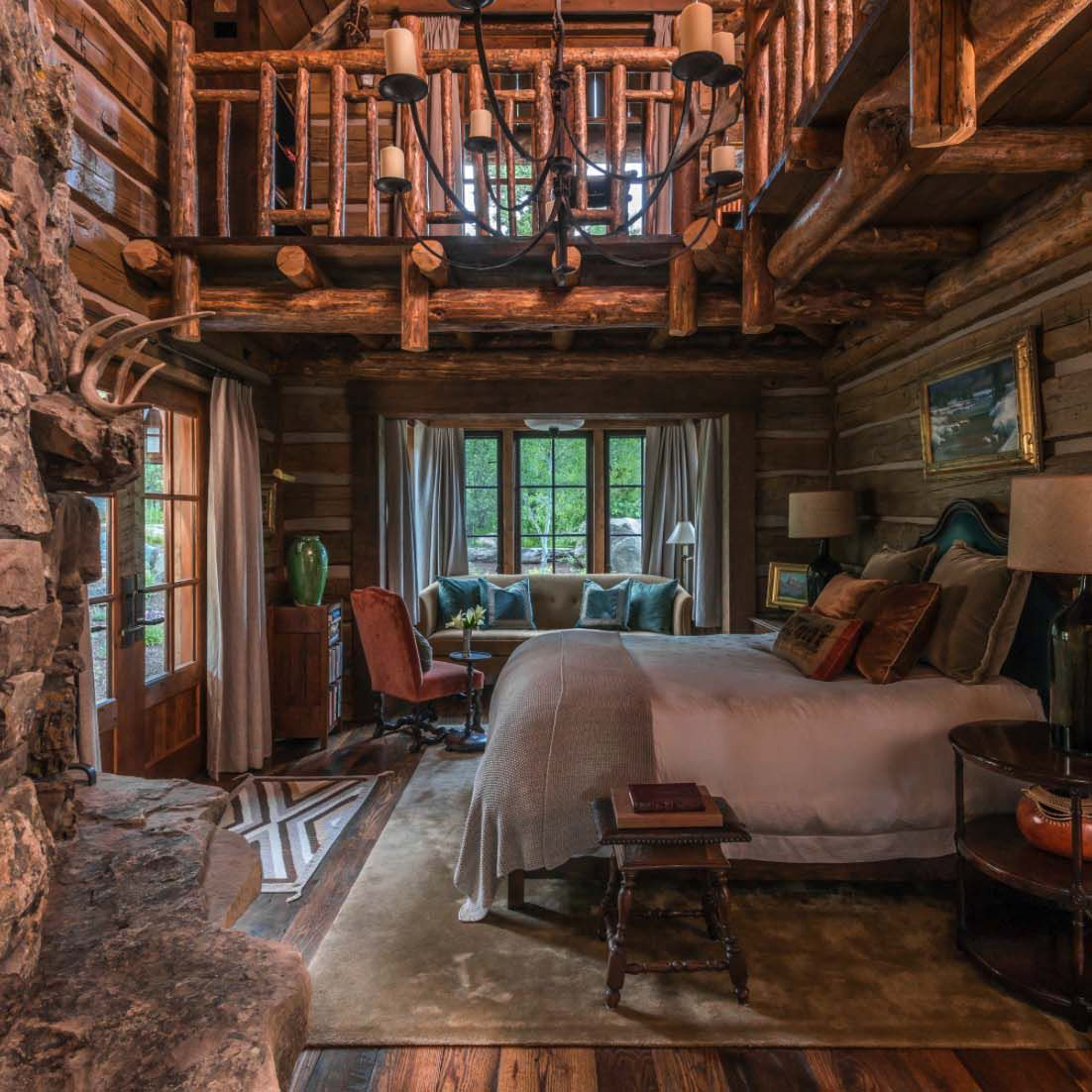The Importance of Proper Indoor Lighting
Indoor lighting is an essential aspect of any home. It is not just a matter of seeing where you are going; it can have a significant impact on your mood, concentration, and overall well-being. Proper indoor lighting can improve the atmosphere of your home, creating a welcoming and comforting environment. On the other hand, poor lighting can leave you feeling uncomfortable, disjointed, and stressed out.
The Different Types of Indoor Lighting
There are three main types of indoor lighting: ambient, task, and accent lighting. Ambient lighting provides overall illumination to a room and is usually found in ceiling fixtures or chandeliers. Task lighting is used for specific tasks, such as reading, cooking or applying makeup, and is often provided by lamps or under-cabinet fixtures. Accent lighting highlights a particular area or object, such as a piece of artwork, and is often created using track or recessed lighting.
The Benefits of Natural Light
Natural light is the ideal source of indoor lighting. It is not only pleasing to the eye but is also beneficial to your health. Exposure to natural light has been shown to boost mood and productivity, regulate sleep patterns, and improve overall health. By maximizing the natural light in your home, you can create a comfortable and inviting environment that benefits your physical and emotional well-being.
The Advantages of LED Lighting
While natural light is the best way to light your home, it is not always feasible. In those instances, LED lighting is an excellent alternative. LED lights are energy-efficient, long-lasting, and provide bright, consistent light. They are ideal for task lighting and are perfect for areas where natural light is limited. LED lights are also available in a range of colors and can be used to create various moods and tones in your home.
How to Improve Your Home’s Indoor Lighting
If you want to improve the atmosphere of your home, you need to consider how you are lighting it. Here are some tips:
Use a variety of lighting sources
As mentioned previously, there are three main types of indoor lighting. Each one has its purpose and should be used accordingly. A combination of ambient, task, and accent lighting can create a warm, inviting environment.
Invest in dimmer switches
Dimmer switches give you control over the amount of light in a room. They are ideal for creating a relaxing environment in areas such as the bedroom or living room.
Use light-colored walls and furniture
Light colors reflect more light, which can make a room feel brighter and more open. This is especially important in rooms with little or no natural light.
Make the most of natural light
Maximizing the natural light in your home may involve rearranging your furniture or altering your window treatments. It may also require you to add windows or skylights to your home. However, the benefits of natural light are well worth the effort.
Indoor lighting is an essential aspect of any home. It can have a significant impact on your mood, concentration, and overall well-being. By using a variety of lighting sources, investing in dimmer switches, using light-colored walls and furniture, and making the most of natural light, you can create a comfortable and inviting environment that benefits your physical and emotional well-being.
When thinking about indoor lighting, remember that it is not just a question of being able to see. It is about creating an atmosphere that makes you feel good and enhances your quality of life.

















